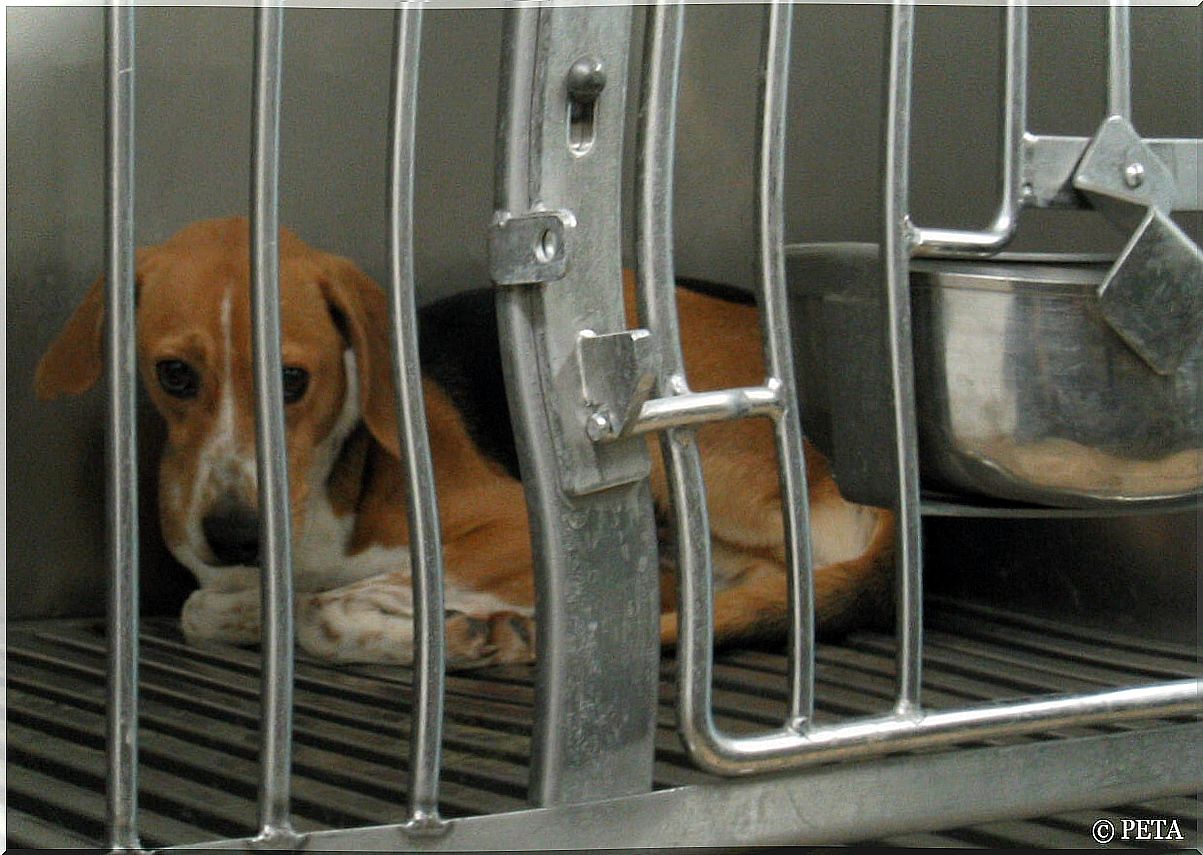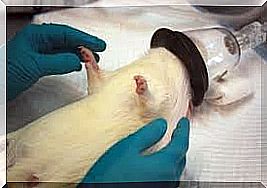What Is The Controversy About Animal Experiments Really About?

Animal experiments with scientific purposes go back a long way and are still common in research today. About 115 million animals are used each year for this purpose. Many people are against it.

Ever since antiquity, animal experiments have been commonplace. Alexandrian doctors performed 300 BC. experiments on both dead and live animals. However, it was not until 15th century Italy that modern experimentation really started. The researchers used live animals, especially dogs and pigs, to illustrate various bodily functions.
In Albrecht Von Haller’s work in the 18th century, we can see how he used almost 200 animals to prove sensitivity in living tissue. The foundation of Haller’s work was that the animal felt pain. He demonstrated this by measuring the responses to various painful stimuli.
Haller was the first to apologize for inflicting animal pain. It is an example that shows a new kind of responsibility, which is to be found in publications from that time.
Now that we have looked at history, we will take a closer look at the arguments used for and against this research method.

Arguments for animal experiments
Studies on and experiments on animals have been crucial in almost every medical discovery in the 20th century. In fact, since 1901, almost all Nobel Prize winners in psychology and medicine have based their studies on data obtained using animal experiments.
In addition, there are many similarities between humans and other animals. We have the same organs and suffer from the same diseases such as cancer, influenza, tuberculosis and asthma. In this respect, there is nothing that can replace the use of animals.
Modern surgical techniques (hip replacement, heart transplants, blood transfusions, etc.), as well as scanning techniques (CT and MRI) have also been done perfectly using experiments with animals.
Arguments against animal experiments
On the other hand, it is unethical to judge sentient animals for life in a cage or for death and inflict harm and pain on them.
Using innovative techniques, researchers have been able to develop study methods without animals, such as in vitro techniques, bacterial cultures and personal simulators. So why not continue to focus on developing these advances?
In addition, very few animal experiments serve a biomedical purpose. In other words, their purpose is not to improve human health. Organizations use these experiments to test cosmetic or household products, for military research or environmental impact testing.

The scientific value of biomedical experiments is far worse than many think. This has many implications such as:
- Persons who have participated in experiments and those who later use the products or medicines will continue to be exposed to dangers that may not have been detected in animal experiments. It turns out that the human body does not resemble animals as much as experts have previously thought.
- This can prevent the development of beneficial drugs for humans, even if it has been harmful to other animals.
What do the different countries mean?
Most I-countries have laws to minimize the use of laboratory animals, as well as minimize their pain. The EU has one of the strictest laws in the world, covering vertebrates and squid, and contains criteria for both how the animal is to be treated and the facilities involved.
In the United States, federal law does not mention mice, rats, birds, or fish, which make up 95% of the animals used in laboratory experiments. However, these animal species are included in other non-federal laws. Other countries also have laws on the subject.
In Canada, each provincial government is responsible for animal testing laws. In the case of China, the first national law on the welfare of laboratory animals was adopted in 2006.
Perhaps the UK has the world’s most comprehensive regulations in this area. England requires an analysis of costs and profits in order to approve animal experiments, as well as special licenses for the persons and laboratories performing the experiments.








